Pros and Cons of 8 Injection Molding Materials
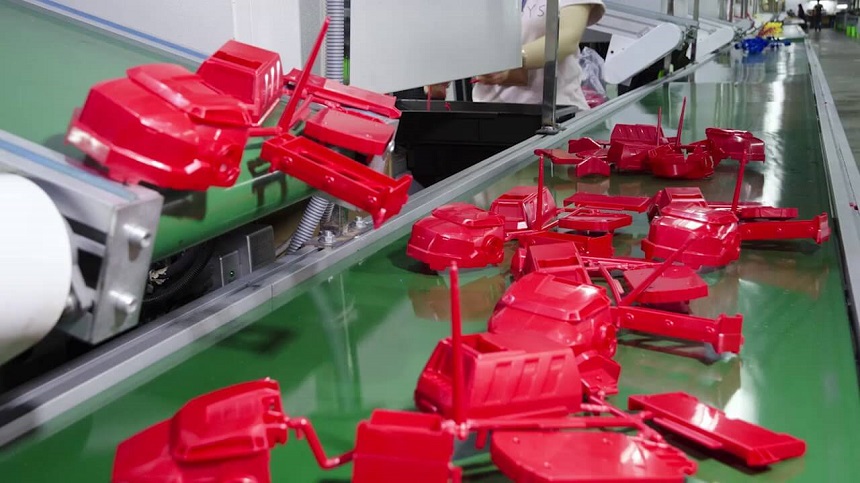
Deciding which material to use is one of the first decisions that one must make when designing a new injection-molded product. The additives and material you choose considerably affect the look and feel of the part, what the process will be, and how the plastic will flow through the injection mold.
Read as the experts at this plastic injection molding company discuss the pros and cons of 8 injection molding materials:
Pros and cons of injection molding materials
1. PS (Polystyrene)
Polystyrene comes in two forms of injection molding: HIPS (High Impact Polystyrene) and GPPS (General Purpose Polystyrene). While HIPS is opaque, GPPS is transparent.
With a density between 10kg/m3 to 50kg/m3, polystyrene offers a lustrous and glassy appearance. This material’s high buoyancy in water is one of its leading advantages. Usually, high-impact polystyrene is used to make FDA-compliant prosthetics.
One disadvantage of polystyrene is that it’s not naturally biodegradable and can remain in the environment for decades without decaying. Since this material looks similar to the food intake of animals, they sometimes ingest it. This may seriously affect not just the animals but the overall environment as well.
There’s another problem with polystyrene: it may lead to fire or electric shock if used as insulation material and there’s some kind of exposed electrical wiring.
2. PP (Polypropylene)
Since this material isn’t costly, it can be used for many purposes. Polystyrene offers incredible moisture and chemical resistance. With a tensile strength of 4800psi, this material is very impact-resistant and is a decent electrical insulator. Polypropylene is an extremely common substance in the packaging, electrical, and automotive industries. In addition, many manufacturers of home appliances use this material.
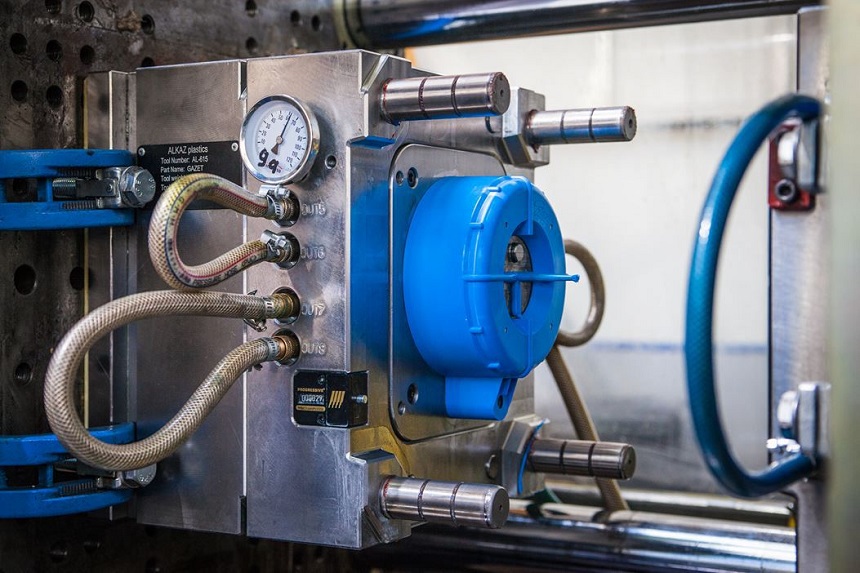 Polypropylene can melt with sustained exposure to UV rays and is extremely flammable, which are two of its main disadvantages. When exposed to temperatures above 100°C, this material can suffer chips and cracks. However, polymer stabilizers can be used to solve this issue.
Polypropylene can melt with sustained exposure to UV rays and is extremely flammable, which are two of its main disadvantages. When exposed to temperatures above 100°C, this material can suffer chips and cracks. However, polymer stabilizers can be used to solve this issue.
3. POM (Polyoxymethylene)
This is a type of acetal resin that’s used to make components for the motor vehicles sector that would typically be made of die-cast metal components. The end presentation of this plastic is a glossy molded surface that provides great impact and solvent resistance. There are various grades of POM that are approved by the FDA and the NSF (the National Sanitation Foundation).
While POM offers incredible solvent resistance, it can get easily damaged upon contact with acids/bases. UV rays can easily damage POM. Plus, the material doesn’t bond with other materials.
4. PE (Polyethylene)
This is probably the most prevalent and frequently used plastic in the world and is used to manufacture packaging films. With electrically insulating qualities, polyethylene is a highly chemical-resistant and impact-resistant material. Since this material is quite flexible, it’s used to make an array of products.
One disadvantage of polyethylene is that it isn’t as rigid or strong as fiberglass or aluminum because it can easily break or rupture under pressure. This material is easily flammable — when burnt, it releases poisonous fumes.
5. Polycarbonate
Since polycarbonate is a thermoplastic, it has exceptional heat-resistant characteristics. This means, when it’s burned to a melting point of 155°C, it returns into a liquid. Being amorphous in nature, polycarbonates melt gradually instead of quickly transitioning to a liquid state. When something stronger than acrylic is needed, operators turn to polycarbonate.
Since this material contains BPA (Bisphenol A), it’s not suitable for kitchen or food storage products, which is a major disadvantage. While polycarbonates are extremely resistant to impact, they can be easily scratched, which is why they’re mostly used with topical scratch-resistant material.
6. Polyamide (Nylon)
Polyamide is the chemical name for nylon, and it’s usually used to create durable mechanical parts, such as those used in the automotive industry. This material is durable enough for repeated use, can withstand high temperatures for short periods, and is chemical resistant.
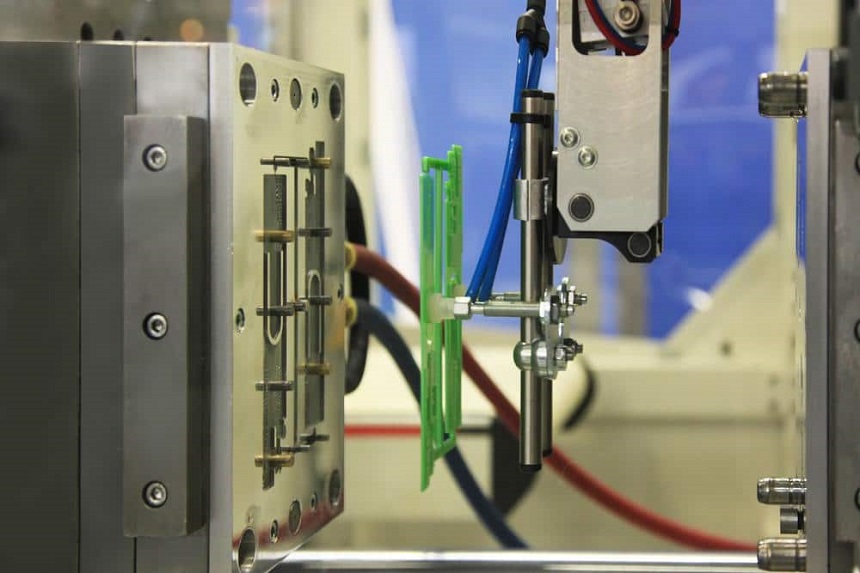
But there’s one disadvantage of this material: if exposed to humidity for a considerable amount of time, a thin film of polyamide will absorb moisture, affecting electrical functioning. When exposed to UV rays for a prolonged period, polyamide can break/crack depending on the material’s thickness.
7. ABS (Acrylonitrile Butadiene Styrene)
This material is thermally and chemically stable. This durable plastic has a nice glossy finish and is resistant to repeated impact. It’s easy to mold ABS plastics into different designs and shapes to present a glossy finish and it’s available in a variety of colors.
However, a low melting point is one of the disadvantages of ABS. This means it’s not appropriate for prolonged exposure to UV rays or high temperatures. When exposed to corrosive materials, ABS will easily corrode, giving off fumes when it’s burnt.
8. Acrylic
PMMA is the chemical name for acrylic and it’s usually used to create walls, transparent windows, and lighting equipment because it closely resembles glass. This material is odorless and tasteless because it doesn’t contain BPA and is weather-resistant and scratch-proof. Since acrylic has a better impact resistance than glass, thick sheets of PMMA are used to build commercial aquariums.
While manufacturing PMMA, highly toxic fumes are released, which is a huge con. Another drawback is that acrylic isn’t scratch-resistant and plastic acrylic sheets can melt at 160°C.
Plastics used in medical devices
Choosing the right medical-grade plastic for a medical component or device is a crucial decision in manufacturing the perfect part.
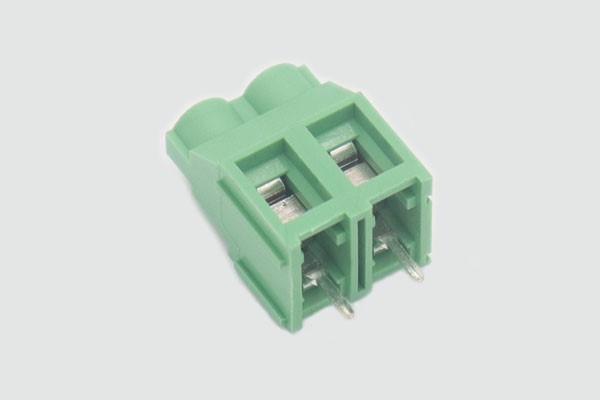 For medical applications, polymers have a sizeable advantage over metals. This is because the isotonic saline solution that consists of the extracellular fluid of the body is very hostile to metals. However, this solution isn’t normally associated with the degradation of most synthetic polymers that have high molecular weight.
For medical applications, polymers have a sizeable advantage over metals. This is because the isotonic saline solution that consists of the extracellular fluid of the body is very hostile to metals. However, this solution isn’t normally associated with the degradation of most synthetic polymers that have high molecular weight.
Typically, polymers are classified into three groups:
- Elastomers: Rubbers that can be stretched to extension and, when the stress is released, will spring back.
- Thermosets: Cross-linked polymers that are normally intractable and rigid. They include a 3D molecular network and can’t be melted again. In fact, they degrade upon heating.
- Thermoplastics: Branched or linear polymers that can be melted and molded through traditional techniques. If heated again, wax can be molded into the desired shape.
In terms of weight, thermoplastics represent 9 out of 10 plastics used worldwide. Compared to thermoset plastics, thermoplastics can be processed without any significant loss of properties.
PC (Polycarbonate)
PC is perfect for A&E and operating rooms. While this is a lightweight material that’s easy to handle, it’s also tough and strong and not prone to breakage. Plus, it’s transparent, which helps healthcare professionals conduct visual inspections of fluids moving through a device.
Applications: Endoscopic appliances, surgical instruments, intravenous connectors, arterial filters, blood reservoirs, blood oxygenators, anesthesia containers, infusion systems, and hemodialyzers.
ABS (Acrylonitrile Butadiene Styrene)
ABS plastic medical devices aren’t just durable and tough; they also resist impacts and chemicals. This is why ABS is a perfect replacement for metals in structural parts. You can either use ethylene oxide or gamma radiation to sterilize it. ABS also has good insulating properties and dimensional stability.
Applications: Tracheal tubes, drug-delivery systems, tendon prostheses, non-absorbable sutures, valves for ventilators, and medical masks.
PET (Polyethylene Terephthalate)
PET is an inert, strong material that resists attacks by microorganisms. Boasting mechanical strength, resistance against abrasion and/or chemicals, and high uniformity, PET is one of the most common thermoplastics used in medical devices.
Promoting tissue ingrowth and biostability are two of its main characteristics. Coupled with its lightweight nature, these characteristics are why it’s heavily used in implants. PET is also good for extruded plastic medical devices.
Applications: Sewing cuff of heart valves (to offer a surface to suture the valve to the surrounding tissue, and to promote tissue growth), implantable textiles and tubing for angioplasty balloons, and extrusion of sutures.
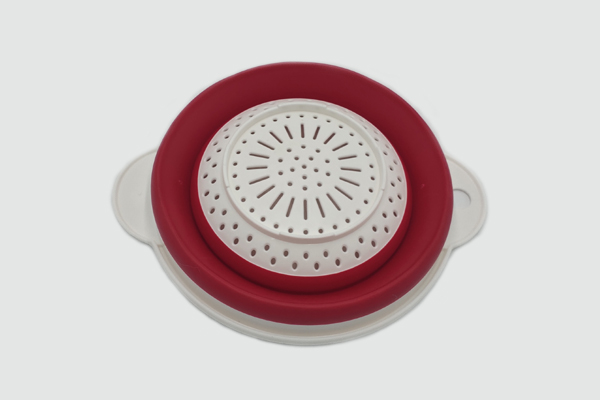
PS (Polystyrene)
With a low dielectric constant and high electrical insulation, PS doesn’t conduct electricity. Since it’s odorless and tasteless, it’s ideal for making food containers, as PS is an economical option. While its gamma radiation resistance is fantastic, its UV and chemical resistance isn’t something to boast about. However, like every polymer, it’s possible to add desired qualities. PS is also a naturally transparent polymer with decent stability. It has amazing insulating properties and is lightweight.
Applications: It’s used to manufacture implants, housing for test kits and devices, diagnostic components, Petri dishes, test tubes, and culture trays.
PP (Polypropylene)
PP is an economical choice with high chemical resistance. Plus, it withstands disinfectants and cleaning detergents. It also resists fatigue, impact, cracking, and stress. PP has decent dimensional stability, especially when put through steam-sterilization applications. Thanks to its good machinability, it makes manufacturing processes a lot easier.
Applications: Implant caddies, surgical trays, reusable plastic containers, finger-joint prostheses, non-absorbable sutures, connectors, membranes for membrane oxygenators, and disposable syringes are some examples of products made from this material.
PE (Polyethylene)
PE resists corrosion and impacts while absorbing little to no water. Even after repeated sterilization cycles, it retains its overall structural integrity and performance. This is a biologically inert, porous polymer that doesn’t degrade in the body, which is why it’s used to make implants.
PE may also be used for single-use applications, putting an end to the spread of infection and disease by eliminating the need to sterilize devices. During the coronavirus pandemic, its popularity soared as the need for personal protective equipment (PPE) and sanitation products increased by leaps and bounds.
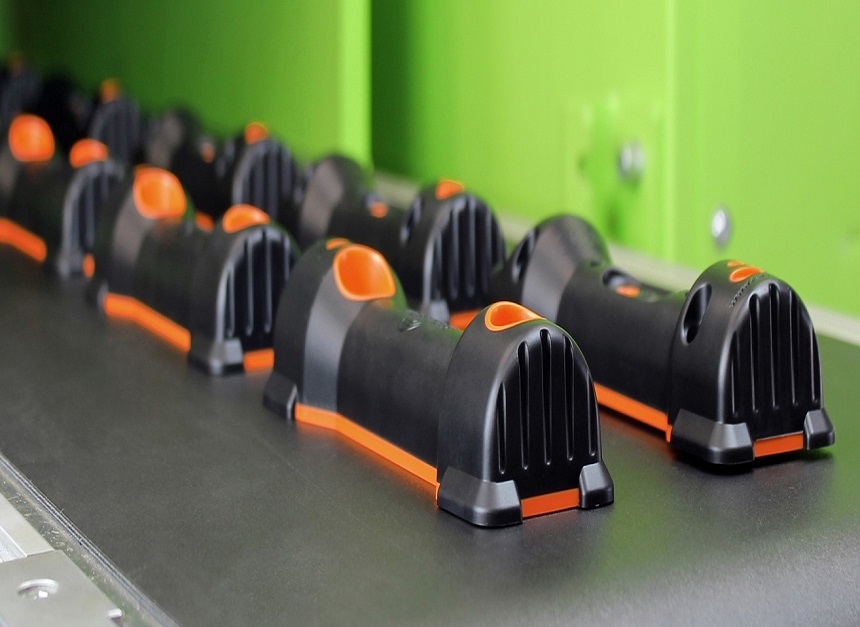 Applications: Catheters, PPE equipment, and implants.
Applications: Catheters, PPE equipment, and implants.
PVC (Polyvinyl Chloride)
While PVC is quite flexible, it still offers durability and reliable strength like no other. Due to its outstanding chemical resistance, it can be sterilized by radiation, ethylene oxide, or steam, and still retain its characteristics.
PVC resists kinks and tears, making it perfect for flexible plastic tubes for medical devices. Plus, formulating it for transparency is possible, which is a crucial factor when the visibility of gases and fluids is paramount. PVC also has excellent chemical stability, which allows it to retain its properties and composition when exposed to a number of liquids.
Applications: Catheters, surgical gloves and gowns, oxygen tubing, oxygen masks, blister packaging, IV bags and tubing, and blood and dialysis bags.
How to select the right resin?
Before working with a plastic injection molding manufacturer, selecting the right injection molding resin is important – it allows your project to be successful. However, this isn’t easy because there are thousands of resins present in the market.
- Choose a resin that can endure the stress of sonic welding or additional fastening.
- List every criterion of the product requirements. For example, this may include flexibility, abrasion, temperature variations, etc. If you fail to mention something that the product needs, you’ll end up with a resin that won’t be able to meet the expectations of your customers.
- Understand the combined product and the intention of every component. Here are some questions to ask: Do they need to be chemical or heat-resistant? Do they need to be rigid or flexible? Are they holding a hot or cold liquid? Are they for high-impact solutions? Are they for abrasion resistance? By asking yourself these questions in advance, you’ll save a lot of development time.
- The surface finish shouldn’t be left as an afterthought. The finish and texture may affect the choice of your material, the shrinkage, and the flow of plastic resin. Decide beforehand what the finish needs to be. Talk to your mold designer if you’re not 100% sure. They can give you an informed opinion that may be flexible with their material of choice, allowing you to improve the choice during the later phases of the process.
- Many resins will offer a visually appealing, durable texture and finish. Texture has its own benefits, for example, it can enable gases to escape the mold, improve paint adhesion, improve grip if your product requires it, and can be used to hide parting lines and make undercuts. To allow for proper design in the mold, the surface finish should be decided beforehand when selecting your resin.
Get top-quality custom plastic injection molding through PTMS — the finest plastic injection molding company in China
As one of the leading plastic injection molding companies, PTMS has been offering top-quality custom plastic injection molding mass production to its customers since 2002. With experienced employees and advanced injection machines, PTMS knows how to control the cost in a reasonable range.
Give them a call for more information on this plastic injection molding company!
